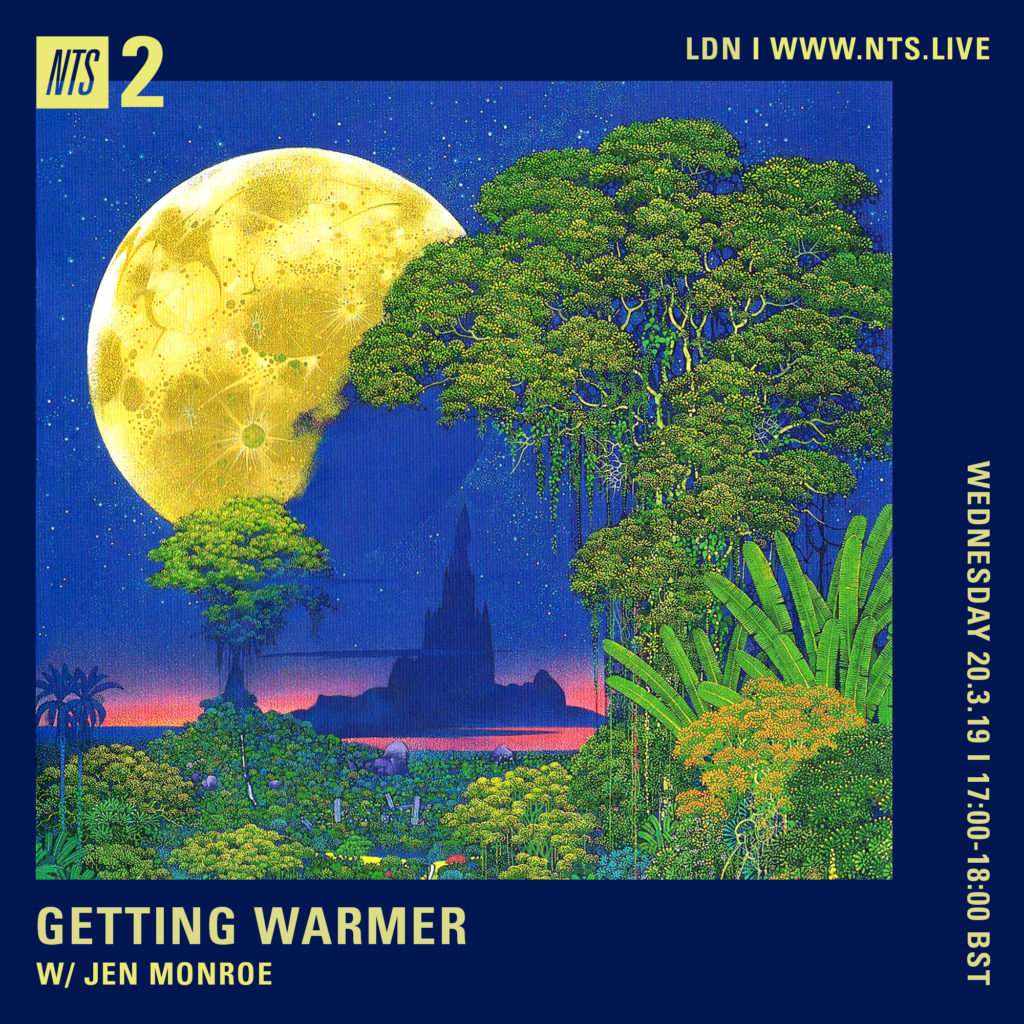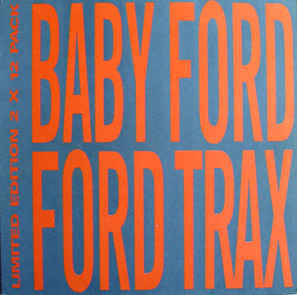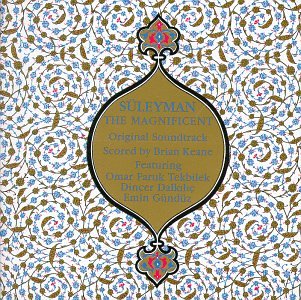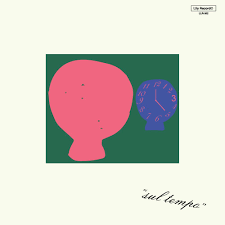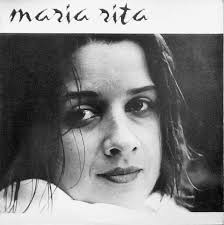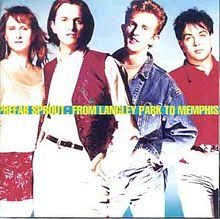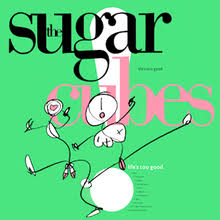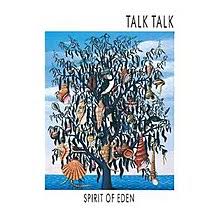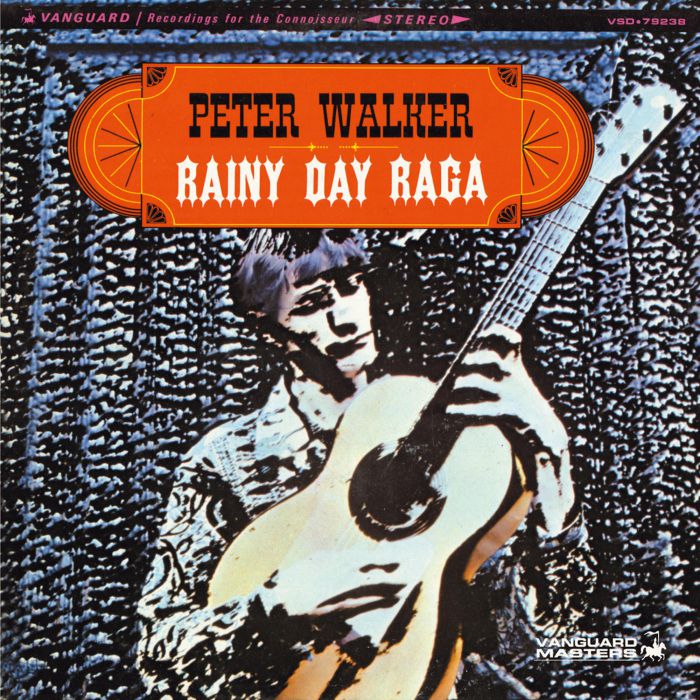
Like many others, I was deeply saddened to wake up this morning and learn of the passing of Kraftwerk’s Florian Schneider. I was delighted, however, to read an anecdote today that he built a giant speaker in his yard so he could listen to Bach while he mowed the lawn. While it feels trite to express a sentiment that’s currently flooding my Twitter timeline, it’s amazing to reflect on a collective experience shared by so many: the recollection of first hearing Kraftwerk as a teenager, and in spite of not being able to properly contextualize it because of how normalized and mainstream electronic music was at the time (2005 for me), still feeling a very specific and novel joy. Like many others, Kraftwerk was a musical gateway drug, and slowly understanding the depth and breadth of their influence on so many subsequent musicians who I’ve loved has been a consistently sweet experience that has continued through adulthood. We will probably never stop noticing glimpses of Kraftwerk in the most unexpected places, and it will always feel like a gift, like finding an arrowhead half-buried in the sand at the beach.
I wanted to share Ralf Und Florian today because while it is considered a classic, I think many of those familiar with Kraftwerk in a cursory way might never have heard it. It’s from 1973, a decade I didn’t associate with Kraftwerk at all as a kid, but it turns out they were busy being ahead of their time way ahead of their time. Amongst their early releases this one is considered a kind of turning point, during which they moved away from the more scraggly krautrock of their first two records and started exploring sounds that were unafraid to be obviously beautiful. They hadn’t yet become quite so dogmatic about electronics, and so Ralf Und Florian sits in a really beautiful midpoint between analog and electronic instruments, mixing flute, chimes, and strings with drum machines and synthesizers.
I love that much of this record is technically ambient (a piano–yes, a real one, and flute [!] are the bulk of the gorgeous “Heimatklänge,” without any percussion in sight [!]), and I love how much of it is cosmic in the literal sense–not laden down with guitar, kosmische, but light and luminous like the cosmos. Lap steel guitar and pastel sunsets. Glittering tiny chimes. What is so striking about Kraftwerk throughout their entire discography is that in spite of wholeheartedly embracing a futurist cyborg ethos, their music always sounds so warm–an adjective very at odds with the metallic, impersonal, hard, icy associations with electronic music. They always sound so human, in spite of everything.
I hear that the most on my favorite, “Tanzmusik” (which translates, so sweetly, to “Dance Music,” though to me it also sounds like the overwhelming joy of driving through the carwash, or like hot summer rain). It’s extremely sparkly, layered with diving wordless vocals and handclaps (both of which remind me a lot of early Animal Collective, speaking of finding influences in funny places). But that human warmth is all over this record. In fourteen minute long closer “Ananas Symphonie” (pineapple symphony!), you hear psychedelic Hawai’i exotica through an obviously German lens, with shimmering lap steel guitar, ocean waves, and the beginnings of their fixation on vocoders. It is extremely relaxing, an adjective many might not associate with Kraftwerk–percussion, when present at all, is only soft pulsing.
I don’t want to say too much more about it since so many others have already said it much better than I could, but I’ll reiterate that the musical world would look very different today–perhaps unrecognizably so–had Florian (und Ralf!) not been in it. Thank you for everything, Florian.



